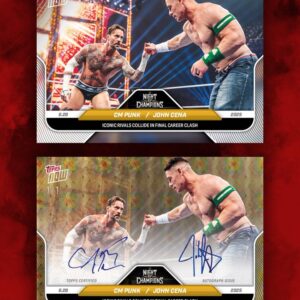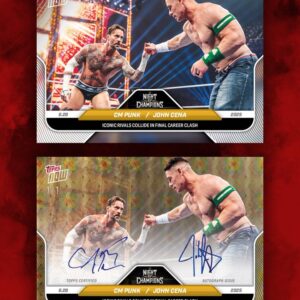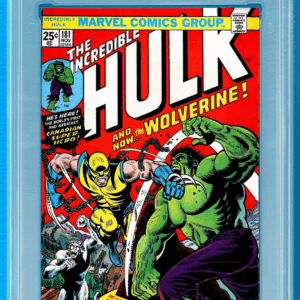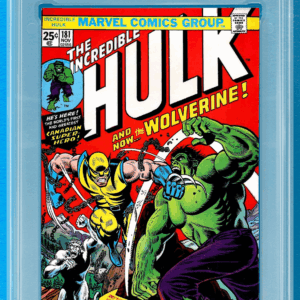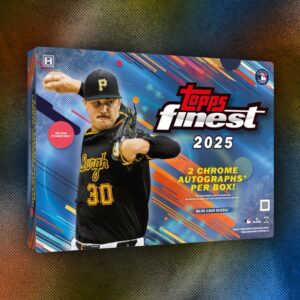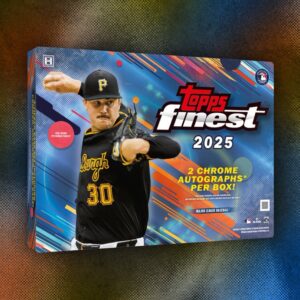In the enchanting and mysterious realm of Magic: The Gathering, each card can be a ticket to victory or a cherished collector’s item boasting its own storied legacy. However, there’s one game-altering surprise that no player or collector wants—a counterfeit card losely presented as a legitimate artifact. What’s worse than misplaying your ultimate combo? Discovering that the prized card defining it is a complete fake. As counterfeit risks have grown more sophisticated over time, they’ve transformed the landscape into a thrilling detective game for those who care to play. But fear not, with the right blend of wit and wisdom, you can stay one step ahead of the fraudsters.
The first weapon in your arsenal? Trust your senses. Look, touch, and feel the card because that’s where authenticity often reveals itself. A true Magic card will greet your fingertips with a soothing matte texture—a sensation as familiar to players as the shuffle sound of a well-loved deck. Meanwhile, counterfeit cards often have an odd, slick demeanor, reminiscent of a laminated menu slapped together in haste. So, the next time that questionable Black Lotus slips into your hand, give it a gentle caress, compare it to a known land card from the same set, and trust your instincts.
Now, let’s enlighten our investigative approach—literally! The humble flashlight becomes your ally in this endeavor. When held up to a genuine Magic card, light should gently diffuse through, revealing the card’s blue core sealed between layers. The illumination takes on a soft, cool hue as if whispering the tales of its authenticity. In contrast, counterfeit counterparts frequently falter, sometimes appearing excessively thick, hindering any light from passing through, or laughably thin, with a glaring brightness suggesting not an ancient artifact, but rather an illusion hastily concocted.
For the well-equipped sleuth, a trusty jeweler’s loupe is indispensable—a magnification marvel that turns your cards into open books. Under 30x magnification, the world of rosette patterns emerges. Genuine Magic cards resonate with mastery, their art and text boxes exhibiting tiny, round dots that form quaint, floral-like designs. It’s like finding the signature of the original artist on a classic painting. Counterfeits, by comparison, give themselves away with clumsy blurs, digital pixelation, or inconsistent grids—like a forger trying to pass off a hasty digital print as an ancient manuscript.
Now let’s delve into the realm of Magic itself—a place of mythical colors and powerful symbols. Behold the black magic at work! Magic’s black ink, the stalwart champion for names and mana symbols, is stark and solid, like the unyielding darkness of a moonless night. Counterfeit cards, however, rely on a subterfuge of composite black, cobbled together from a deceptive array of colored dots—a deceit exposed dramatically under the watchful eye of magnification.
Yet, the examination doesn’t halt there. Turn to the back of your card, where an intriguing detail lies—the infamous Green Dot “L.” Here inside the verdant mana symbol, an upside-down “L” formed by a series of red dots waits to confirm the card’s credibility. Misaligned, blurred, or outright missing? Then perhaps you’ve stumbled upon a pretender, rather than the bona fide guiding light it seeks to mimic.
For those collecting cards from the era that embraces modernity, a new-age safeguard has emerged to scrutinize your lot. Since 2015, Mythic Rares and Rare cards bear an oval hologram stamp—a badge of honor denoting authenticity. A genuine holo is flush with the card, bearing miniscule text—planeswalker symbols, mana icons, a mark of distinction. In contrast, an imitation might appear grainy, raised, or awkwardly transplanted like a counterfeit badge of honor sewn onto an unworthy sleeve.
As enticing as some old-school tactics may be, like tearing or bending a card to expose its blue core, such attempts risk causing more harm than unraveling truth. Modern counterfeiters have adapted their antics, so stick to non-destructive, Sherlock-approved methods.
The keys to safeguarding your collection rest in diversity—employ multiple checks, stack your evidence. Start with how the card feels, subject it to the light test, and enhance your analysis with a loupe. With practice, your skills will sharpen, becoming the bane of counterfeiters everywhere. Collecting Magic cards isn’t merely a hobby; it is an art. And mastering the identification of counterfeits shouldn’t just protect your investment but also uphold the integrity of the game you love. Whether you’re casting spells or simply admiring a dragon’s majestic tableau, ensuring authenticity is a magical endeavor all its own.

